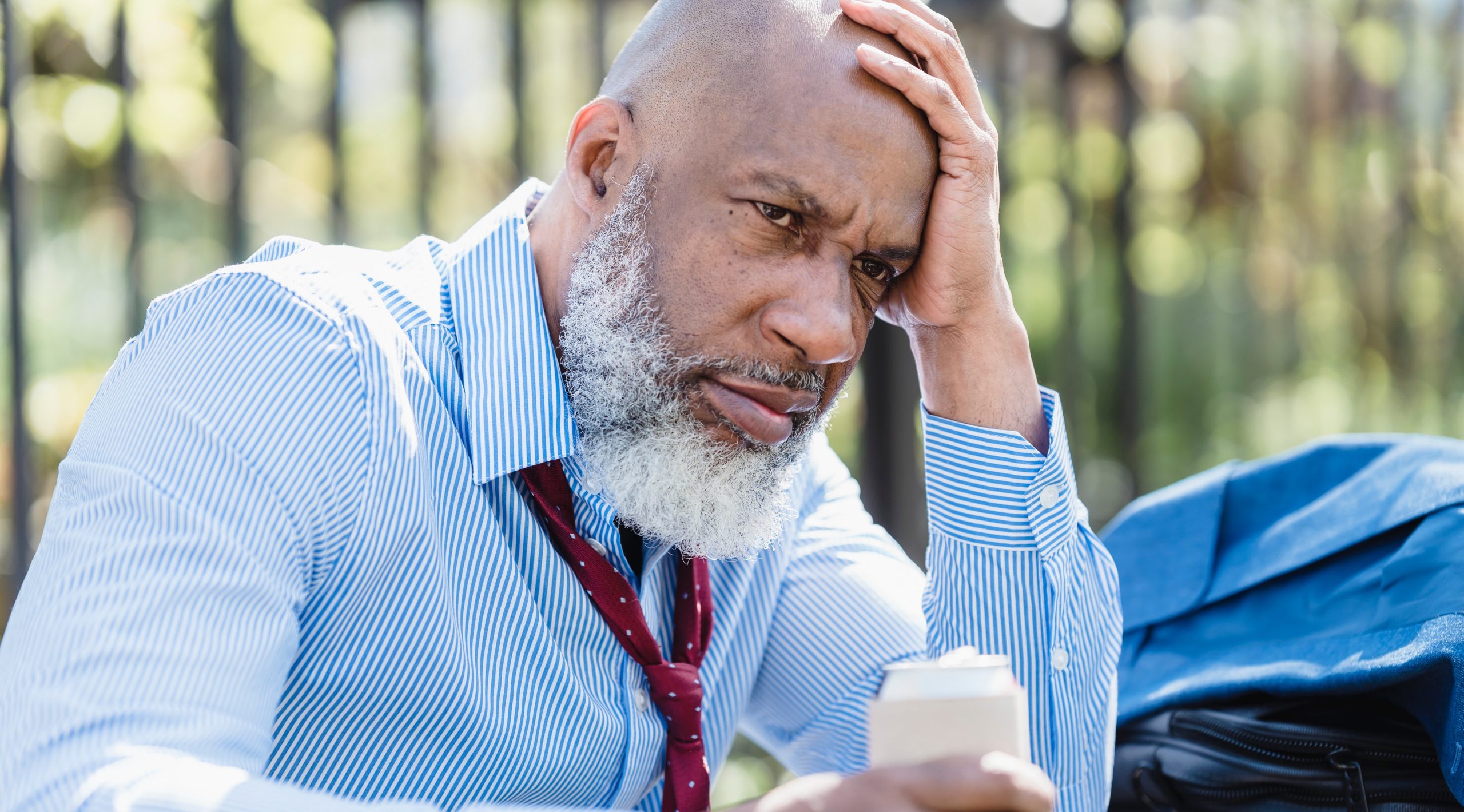Low testosterone, or hypogonadism, is a medical condition that predominantly affects men. A decline in testosterone levels can lead to various physical, emotional, and cognitive symptoms that can significantly impact an individual’s quality of life. In this chapter, we will explore the common signs and symptoms of low testosterone in men.
You are reading Chapter 2 of our free TRT eBook.
Physical Symptoms of Low T
Men with low testosterone may experience a range of physical symptoms, some of which are more subtle than others. Common physical signs and symptoms include:
a) Decreased libido: One of the most noticeable symptoms of low testosterone in men is a reduced interest in sex or a decreased frequency of sexual thoughts.
b) Erectile dysfunction: Low testosterone can contribute to difficulties achieving or maintaining an erection, although there may be other contributing factors as well.
c) Reduced muscle mass and strength: Testosterone plays a crucial role in muscle development and maintenance. Men with low testosterone levels may notice a decline in muscle mass and strength.
d) Increased body fat: Low testosterone levels can lead to increased body fat, particularly in the abdominal area.
e) Fatigue: Men with low testosterone often experience chronic fatigue, even after getting sufficient sleep.
f) Sleep disturbances: Low testosterone can contribute to sleep disturbances, such as insomnia or sleep apnea.
g) Decreased bone density: Low testosterone can lead to reduced bone density, increasing the risk of fractures and osteoporosis.
Emotional and Cognitive Symptoms of Low T
Testosterone plays a role in mood regulation and cognitive function. Men with low testosterone levels may experience various emotional and cognitive symptoms, including:
a) Depression and mood changes: Low testosterone can lead to feelings of depression, irritability, or mood swings.
b) Cognitive difficulties: Men with low testosterone may experience difficulties with memory, concentration, and decision-making.
“Conclusions: Low endogenous levels of testosterone may be related to reduced cognitive ability, and testosterone substitution may improve some aspects of cognitive ability. Measurement of serum testosterone should be considered in older men with cognitive dysfunction.”
Testosterone and cognitive function: current clinical evidence of a relationship
European Journal of Endocrinology
Indirect Symptoms
In addition to the direct symptoms of low testosterone, men may also notice other changes in their health or well-being, which can be indirectly linked to low testosterone levels:
a) Hair loss: Some men may experience hair loss on their body and face, although this can also be a result of genetics or other factors. TRT can exacerbate hair loss.
b) Decreased motivation and drive: Men with low testosterone may struggle with motivation and drive, impacting their work and personal life.
c) Lowered self-confidence: The physical and emotional symptoms of low testosterone can contribute to feelings of insecurity and lowered self-confidence.
It is essential to note that many of these low testosterone symptoms can also be attributed to other medical conditions, lifestyle factors, or the natural aging process. If you suspect that you may have low testosterone, it is crucial to consult with a healthcare professional for a proper evaluation and diagnosis. In the following chapters, we will discuss the diagnostic process for low testosterone, as well as the available treatment options, including testosterone replacement therapy.
Next: Chapter 3 – Diagnosing Low Testosterone: Tests and Procedures
Table of Contents
Introduction (start here)
Chapter 1: The Science of Testosterone: Understanding the Basics
Chapter 2: Signs and Symptoms of Low Testosterone
Chapter 3: Diagnosing Low Testosterone: Tests and Procedures
Chapter 4: The Benefits of Testosterone Replacement Therapy
Chapter 5: Different Forms of Testosterone Replacement Therapy
Chapter 6: The Risks and Side Effects of Testosterone Replacement Therapy
Chapter 7: The Role of Diet and Exercise in Testosterone Management
Chapter 8: Natural Testosterone Boosters: Fact or Fiction?
Chapter 9: Testosterone Replacement Therapy and Mental Health
Chapter 10: Testosterone and Sexuality: Restoring Your Libido
Chapter 11: Monitoring Your Progress: Assessing the Results of Treatment
Chapter 12: Testosterone Replacement Therapy vs Steroid Abuse
Chapter 13: Frequently Asked Questions about Testosterone Replacement Therapy
Chapter 14: Living a Balanced Life: Combining Therapy with Healthy Habits
Chapter 15: Testosterone Replacement Therapy: The Road Ahead
